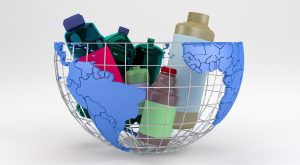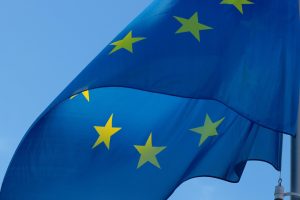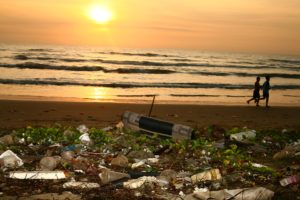In 2019, Directive 2019/904, which established the express prohibition of marketing certain single-use plastics, saw the light. The rule would become effective in 2021 – it gave the member states of the European Union (EU) two years to transpose the text into their national legislation – and it would mean the disappearance of some everyday products, such as ear buds, straws or plastic plates. In addition to plastics, this law requires that affordable, plastic-free alternatives end up being marketed in some expanded polystyrene products (found in certain food and beverage packaging) and all fotodegradable plastic products.
On January 1, 2023, all the precepts of this Directive will enter into force in the EU, being prohibited, for example, the free sale of non-reusable packaging since, from that moment, they will be taxed by an environmental tax. Also, other items, such as many caps and lids, will be required to be attached to the containers to which they belong. These and other measures are intended to gradually reduce single-use products until their definitive extinction.
The active role of factors
From the recycling point of view, measures such as the obligation for the selective collection of household bio-waste will be put into practice. Focusing on plastic, from 2023, it will be mandatory that such selective collection includes 77% of the corresponding weight of these products when they are marketed, although this proportion will gradually grow and, in 2029, will be 90%.
Manufacturers will have to inform consumers of the environmental impact of their products
In addition, manufacturers will have to inform consumers of the environmental impact of their products if they are not recycled correctly. In some sectors, new product labeling systems are even imposed, and a system of extended producer responsibility is developed under the polluter pays principle, forcing them, among other milestones, to have to contribute to the implementation of various campaigns of sensitization.
Other news of interest: The constraint on single-use plastics has increased, but what is the actual impact?
Guidelines for its correct application
At the beginning of June 2021, the Official Journal of the EU included a communication from the European Commission with various guidelines regarding the application of this Directive. For example, it establishes certain products included within the consideration of single-use plastics, although, in any case, the text warns that it is not legally binding, so that in the event of any normative doubt, what is cited in the Directive prevails or, in last resort, which is ruled by the Court of Justice of the EU.
One of the most developed articles throughout the 46 pages of the document is article 11, which requires that the transposition and application measures of articles 4 to 9 of the Directive comply with Community food law to ensure that both the food hygiene and food safety are not compromised.







